Introduction
Baking bread at home is a rewarding culinary endeavor that combines the art of mixing, shaping, and baking with the science of yeast fermentation and oven thermodynamics. Whether you’re a seasoned baker or a novice in the kitchen, mastering the art of baking bread requires an understanding of several key factors, one of which is the baking time. The duration it takes to bake bread in a conventional oven can vary significantly based on the type of bread, its size, shape, and the specific oven conditions. This article delves into the intricacies of baking time for bread, offering insights into how various factors influence this critical aspect of the baking process.
Types of Bread and Their Baking Requirements
Before discussing the general baking time for bread, it’s essential to recognize that there are numerous types of bread, each with its unique characteristics and baking requirements. Here are some common types of bread and their approximate baking times:
-
Classic Loaf (Sandwich Bread): This type of bread is typically rectangular in shape and designed for slicing. It often contains a blend of all-purpose flour, water, yeast, salt, and sugar. In a preheated conventional oven at around 375°F (190°C), a classic loaf usually takes between 30 and 40 minutes to bake. The internal temperature of the bread should reach approximately 190-200°F (88-93°C) for optimal doneness.
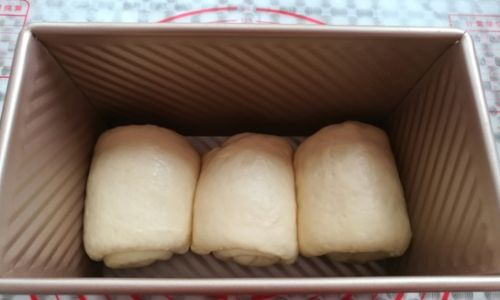
-
Rustic Loaf (Boule or Batard): Rustic loaves are characterized by their irregular shapes and crusty exteriors. Made with a higher proportion of whole-grain or bread flour, they require a longer fermentation period and baking time. In a conventional oven at 400°F (200°C), rustic loaves can take anywhere from 40 to 55 minutes to bake. The longer baking time helps develop a deeper, more flavorful crust.
-
Baguette: The quintessential French bread, baguettes are long, slender loaves with a crisp crust and light, airy interior. They are baked at high temperatures, often around 450°F (230°C), to achieve their signature crispiness. Baguettes typically take around 20 to 25 minutes to bake, making them one of the faster breads to prepare.
-
Sourdough Bread: Sourdough bread is made using a starter, a fermented mixture of flour and water, which gives the bread its unique tangy flavor. Due to the slower fermentation process, sourdough bread often requires a longer baking time compared to yeast-only breads. In a conventional oven at 375°F (190°C), sourdough loaves can take between 45 and 60 minutes to bake, depending on their size and the degree of fermentation.
-
Brioche: This rich, buttery bread is known for its soft, tender texture and sweet flavor. Brioche dough is enriched with eggs and a significant amount of butter, which makes it denser and requires a careful baking process to avoid overbaking. In a conventional oven at 350°F (175°C), brioche loaves usually take around 35 to 45 minutes to bake.
-
Flatbreads (Pita, Naan, etc.): Unlike yeast-raised loaves, flatbreads are thinner and baked until they puff up and develop a golden-brown crust. They are often baked at high temperatures, around 425-450°F (220-230°C), and take only a few minutes per side, usually 5 to 10 minutes in total.
Factors Influencing Baking Time
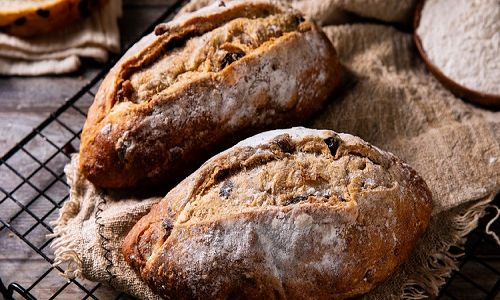
While the above times provide a general guideline, several factors can impact the actual baking time required for bread:
-
Oven Temperature: The temperature of your oven is crucial. A conventional oven may have temperature variations, so it’s essential to use an oven thermometer to ensure accuracy. Higher oven temperatures generally speed up the baking process, while lower temperatures prolong it.
-
Dough Temperature: The temperature of the dough before it goes into the oven also affects baking time. Dough that is too cold may take longer to bake, while dough that is too warm can cause the bread to rise too quickly and then collapse during baking.
-
Dough Composition: The ingredients and their proportions in the dough can influence baking time. For instance, breads with a higher percentage of whole grains or seeds may take longer to bake due to their denser texture.
-
Shape and Size: The shape and size of the loaf play a significant role. Larger loaves require more time to bake through to the center, while smaller or thinner loaves bake faster.
-
Humidity and Ventilation: The humidity inside the oven and the ventilation can affect how quickly the bread bakes. A steam-injected oven, often used in professional bakeries, helps create a crisp crust by keeping the oven humid during the initial stages of baking. In a conventional oven, you can achieve a similar effect by placing a pan of boiling water on the bottom rack.
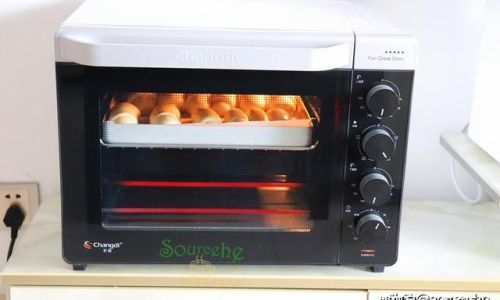
-
Oven Type: Not all conventional ovens are created equal. Some may have better heat distribution than others, which can impact baking time. Additionally, ovens with convection settings, which circulate hot air, often bake bread more evenly and quickly than standard conventional ovens.
Checking for Doneness
Determining when bread is done is as much an art as it is a science. Here are some methods to check for doneness:
-
Internal Temperature: Use a food thermometer to check the internal temperature of the bread. For most breads, an internal temperature of around 190-200°F (88-93°C) indicates doneness.
-
Tap Test: Gently tap the bottom of the loaf with your knuckles. It should sound hollow when fully baked.
-
Visual Inspection: The crust should be golden-brown and the loaf should have a uniform color. Cracks or splits in the crust are normal and can be a sign of doneness.
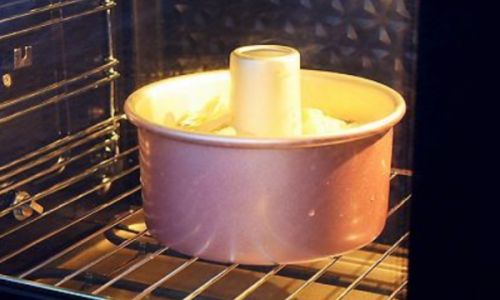
-
Insertion Test: Insert a toothpick or skewer into the center of the loaf. It should come out clean or with just a few crumbs attached.
Conclusion
Baking bread in a conventional oven is a delicate balance of time, temperature, and technique. While general guidelines can provide a starting point, achieving perfect results requires attention to detail and an understanding of how various factors influence baking time. By experimenting with different types of bread and oven conditions, you can develop your own sense of when bread is perfectly baked. Remember, the best way to learn is through practice, so don’t be afraid to roll up your sleeves and get baking! With each loaf, you’ll gain a deeper understanding of the baking process and, eventually, master the art of baking delicious, perfectly cooked bread at home.


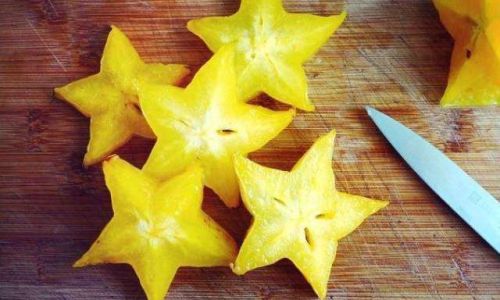
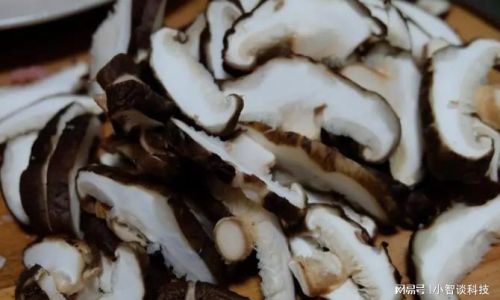
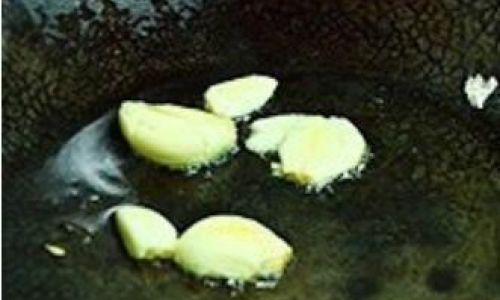
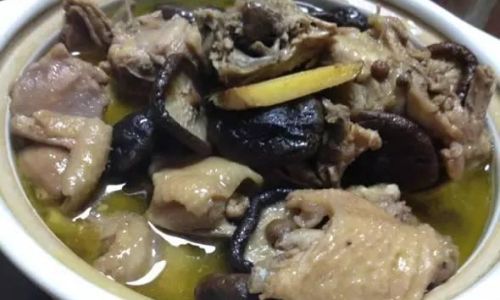
0 comments